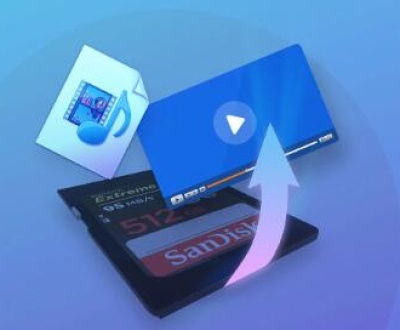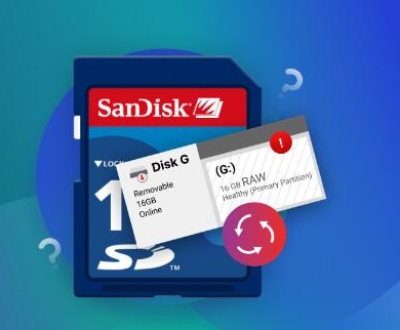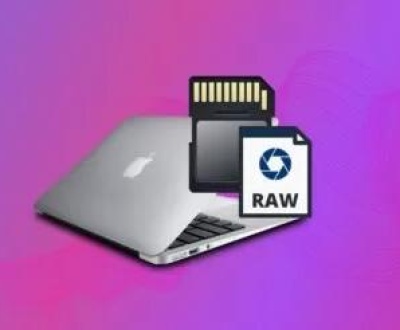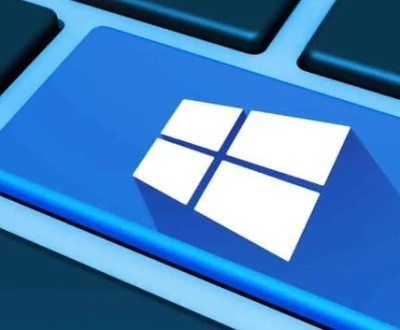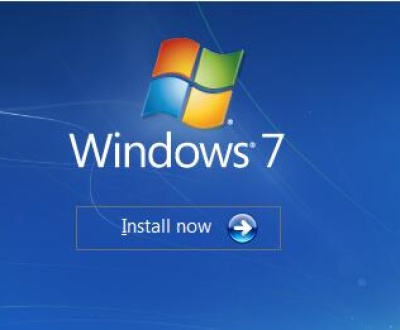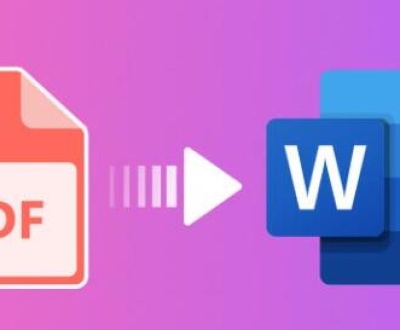USB flash drives are widely used for storing and transferring data due to their portability and ease of use. However, it can be incredibly frustrating when a USB drive fails to be recognized by a computer. This problem can be caused by various factors such as physical damage, file system corruption, malware, or issues with the USB port itself. When a USB drive is not recognized, it often appears as though the data is lost. However, with the right tools and methods, it’s possible to recover data from an unrecognized USB flash drive.
1. Causes of an Unrecognized USB Flash Drive
Before attempting recovery, it’s important to understand why your USB drive might not be recognized. The problem could be caused by several issues:
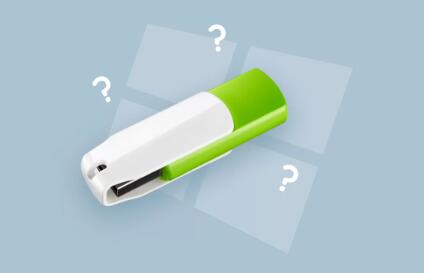
1.1 Physical Damage
A USB drive is a delicate piece of hardware, and it can become damaged due to physical factors like dropping it, exposure to extreme temperatures, or mishandling. If the internal components of the USB drive are damaged, it may not be recognized by the computer.
1.2 File System Corruption
USB drives use file systems like FAT32. NTFS, or exFAT to store data. If the file system becomes corrupted due to improper ejection, power loss during writing, or file system errors, the USB drive may become unreadable.
1.3 Driver Issues
Sometimes, the problem lies in the drivers on your computer. If the USB drivers are outdated, corrupt, or missing, the device may not be recognized even though the drive itself is functioning correctly.
1.4 Malware or Virus Infection
A virus or malware infection can corrupt or hide files, making the drive appear unrecognized. In some cases, malware may actively block access to the drive to prevent recovery.
1.5 Faulty USB Port or Cable
The USB port or cable might be the culprit. If the port is damaged, or if there is a connection issue with the cable, the computer may fail to recognize the drive.
2. Preliminary Steps to Diagnose and Troubleshoot
2.1 Check for Hardware Issues
Try Different USB Ports: Connect the USB drive to different USB ports on your computer. It’s possible that one port may be malfunctioning.
Test on Another Computer: If the drive isn’t recognized on one computer, try plugging it into another device. This will help determine if the issue is with the USB drive or your computer.
Examine the USB Drive: Look for any signs of physical damage, such as cracks, bends, or loose connections. If the drive is damaged, professional data recovery services may be required.
2.2 Restart the Computer
Sometimes, a simple restart can fix temporary issues that prevent your computer from recognizing the USB drive.
2.3 Update or Reinstall USB Drivers
Outdated or corrupt USB drivers can cause recognition issues. To update or reinstall drivers:
Open Device Manager (type it in the Windows search bar).
Find Universal Serial Bus Controllers and expand the section.
Right-click on the device and select Update Driver.
If updating doesn’t work, you can uninstall the driver and restart the computer to reinstall it.
3. Troubleshooting Common Issues
3.1 Reassign a Drive Letter
Sometimes, the drive is recognized but does not have a drive letter, making it appear as if it’s not there. To fix this:
Open Disk Management (right-click the Start menu and select Disk Management).
Locate the USB drive in the list of available drives.
Right-click on the drive and choose Change Drive Letter and Paths.
Assign a new letter and confirm the change.
3.2 Check for Partition Errors
If the USB drive has become corrupted, the partition may be damaged or missing. You can use the CHKDSK tool to check for errors:
Open Command Prompt as Administrator (right-click the Start button and select Command Prompt (Admin)).
Type chkdsk X: /f (replace X with the drive letter of your USB drive).
Press Enter. The tool will scan for errors and attempt to fix any issues.
4. Advanced Data Recovery Methods
If the above troubleshooting steps don’t solve the problem, it’s time to attempt data recovery using specialized tools and software.
4.1 Use Data Recovery Software
Many third-party tools can recover data from a USB drive that is not recognized or has corrupted files. Here’s how you can use data recovery software:
4.1.1 Panda Assistant
Panda Assistant is a comprehensive data recovery software designed to help users retrieve lost or deleted files from various storage devices, including hard drives, USB drives, SD cards, and more. This tool is particularly useful for individuals who have accidentally deleted important documents, photos, videos, or other types of data. It supports a wide range of file types and offers powerful scanning algorithms to locate and recover files even from damaged or corrupted devices.
The software is user-friendly, making it accessible to both beginners and experienced users. With its intuitive interface, Panda Assistant simplifies the data recovery process, offering options for deep scanning and quick recovery. It also allows users to preview files before recovering them, ensuring that only the necessary data is restored.
4.2 Use Command Prompt for Data Recovery
For advanced users, Command Prompt can sometimes be used to recover data from an unrecognized USB drive. One common method is to use TestDisk, a powerful open-source tool.
Download and install TestDisk: Visit the official website to download TestDisk.
Open Command Prompt and navigate to the folder where TestDisk is located.
Run the program by typing testdisk_win.exe and pressing Enter.
Select the unrecognized USB drive and follow the on-screen prompts to attempt recovery.
4.3 Use Linux Live CD/USB for Data Recovery
Sometimes, Windows fails to recognize a USB drive, but Linux can access it. You can create a bootable Linux USB drive and use it to recover data:
Download a Linux distribution (e.g., Ubuntu) and create a bootable USB.
Boot your computer from the Linux USB.
Access the USB drive and copy the files to a safe location.
5. Data Recovery Services
If all recovery methods fail, or if the USB drive is physically damaged, the next step is to seek professional data recovery services. These services are equipped with specialized tools and technicians trained to recover data from damaged or inaccessible drives.
Important considerations when selecting a data recovery service:
Reputation: Look for a service with positive reviews and a track record of successful recoveries.
Cost: Data recovery can be expensive, so it’s important to get an estimate before proceeding.
Turnaround Time: Depending on the severity of the issue, recovery may take several days or longer.
About us and this blog
Panda Assistant is built on the latest data recovery algorithms, ensuring that no file is too damaged, too lost, or too corrupted to be recovered.
Request a free quote
We believe that data recovery shouldn’t be a daunting task. That’s why we’ve designed Panda Assistant to be as easy to use as it is powerful. With a few clicks, you can initiate a scan, preview recoverable files, and restore your data all within a matter of minutes.
Subscribe to our newsletter!
More from our blog
See all postsRecent Posts
- Retrieve deleted videos from sd card 2025-04-25
- How to retrieve damaged sd card? 2025-04-25
- Retrieve photos from sd card 2025-04-25

 Try lt Free
Try lt Free Recovery success rate of up to
Recovery success rate of up to

